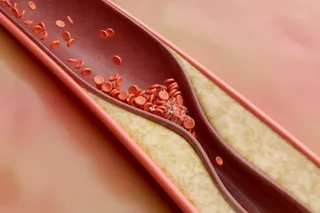CRISPR (short for Clustered Regularly Interspaced Short Palindromic Repeats) — the genetic equivalent of a word processor — has received its most powerful upgrade yet: the ability to insert an entire gene at the most potentially effective spot, according to an article in the journal Science.
This marks a key step in cell and gene therapy, all of which aim to treat illnesses by making corrections or additions to the “misspelled” genes that can lead to disease.
Before CRISPR, delivering genes inside of neutered viruses was thought to be the answer. It sometimes worked, but often the new genetic word would be flooded into the body, inserted at random. Sometimes it would land in the right spot, other times it would miss its target. And worst of all, that approach can lead to a potentially deadly immune response.
When CRISPR debuted in 2012, it was thought to provide both more ...














